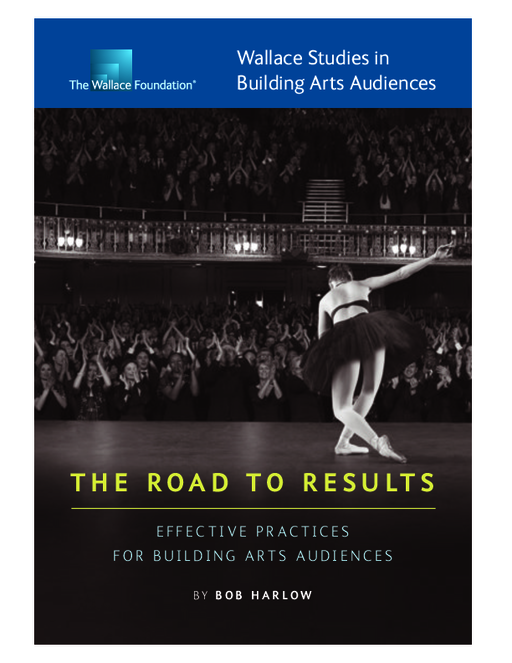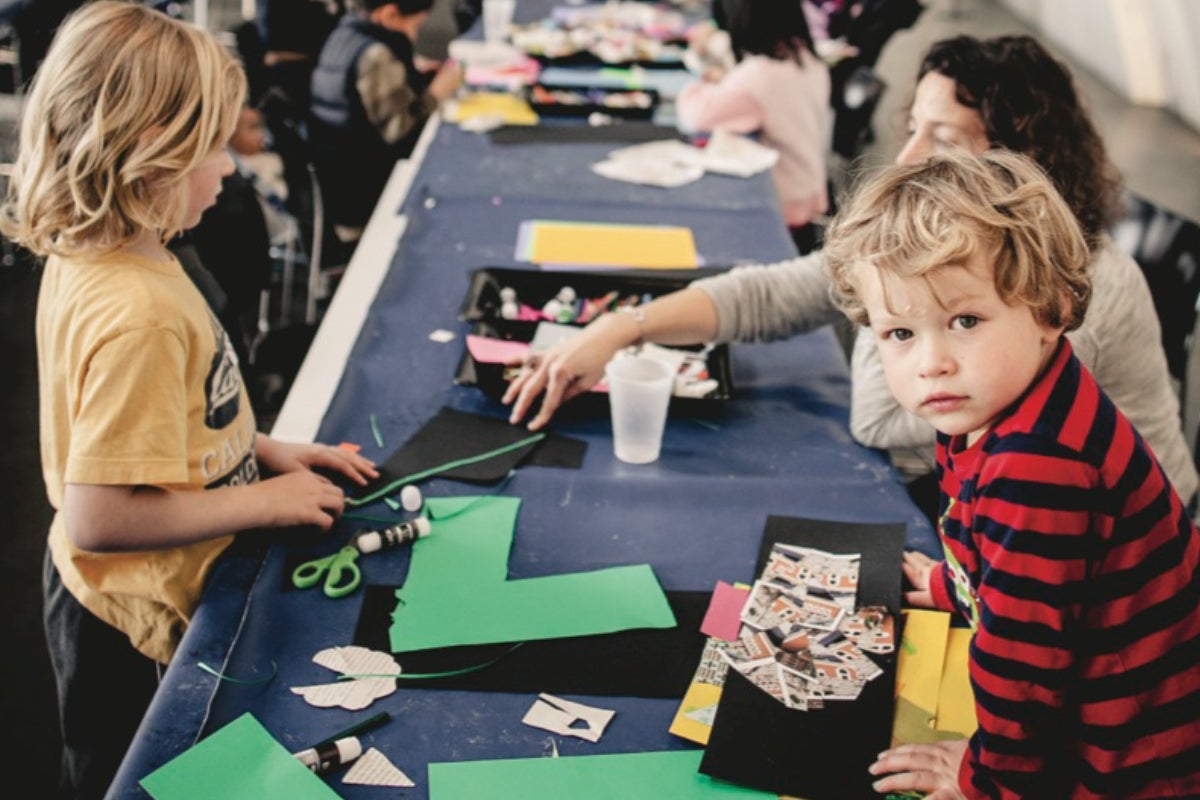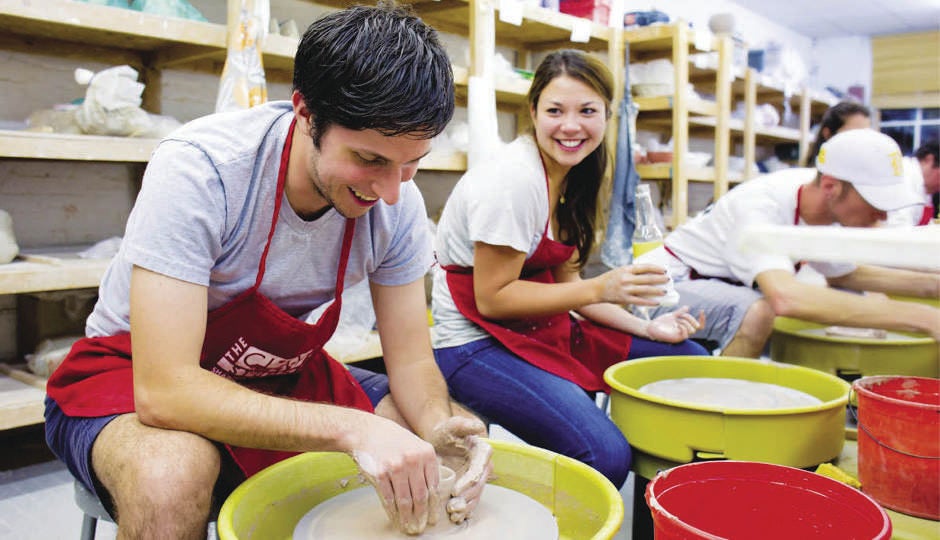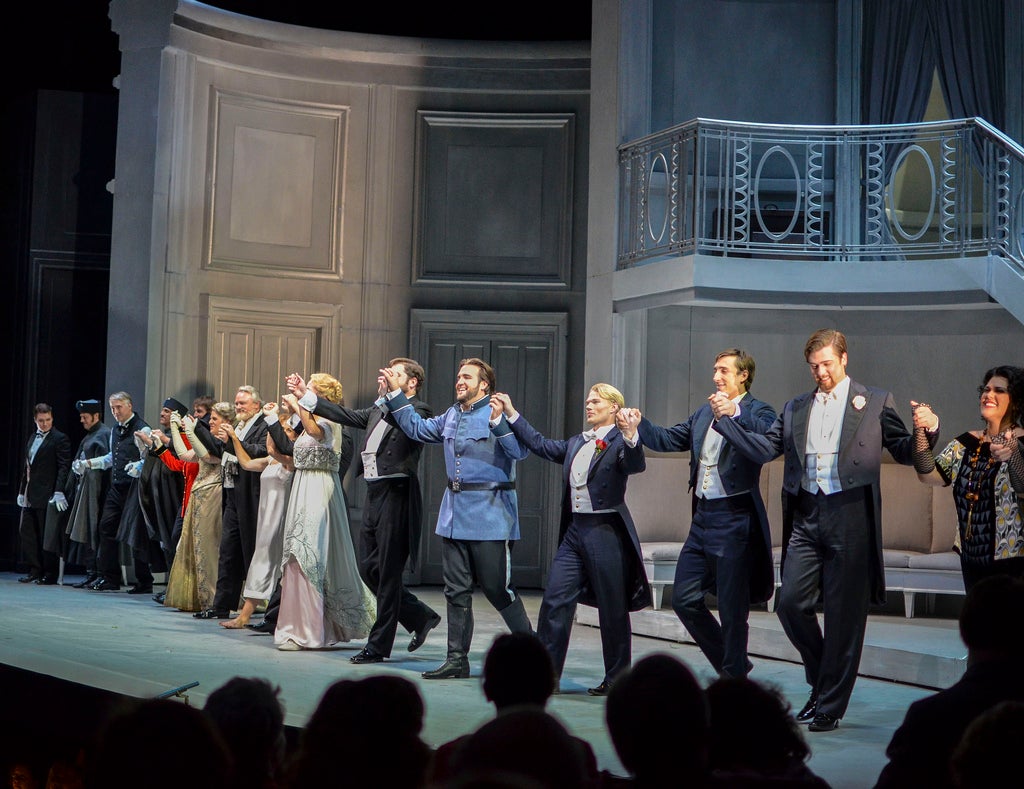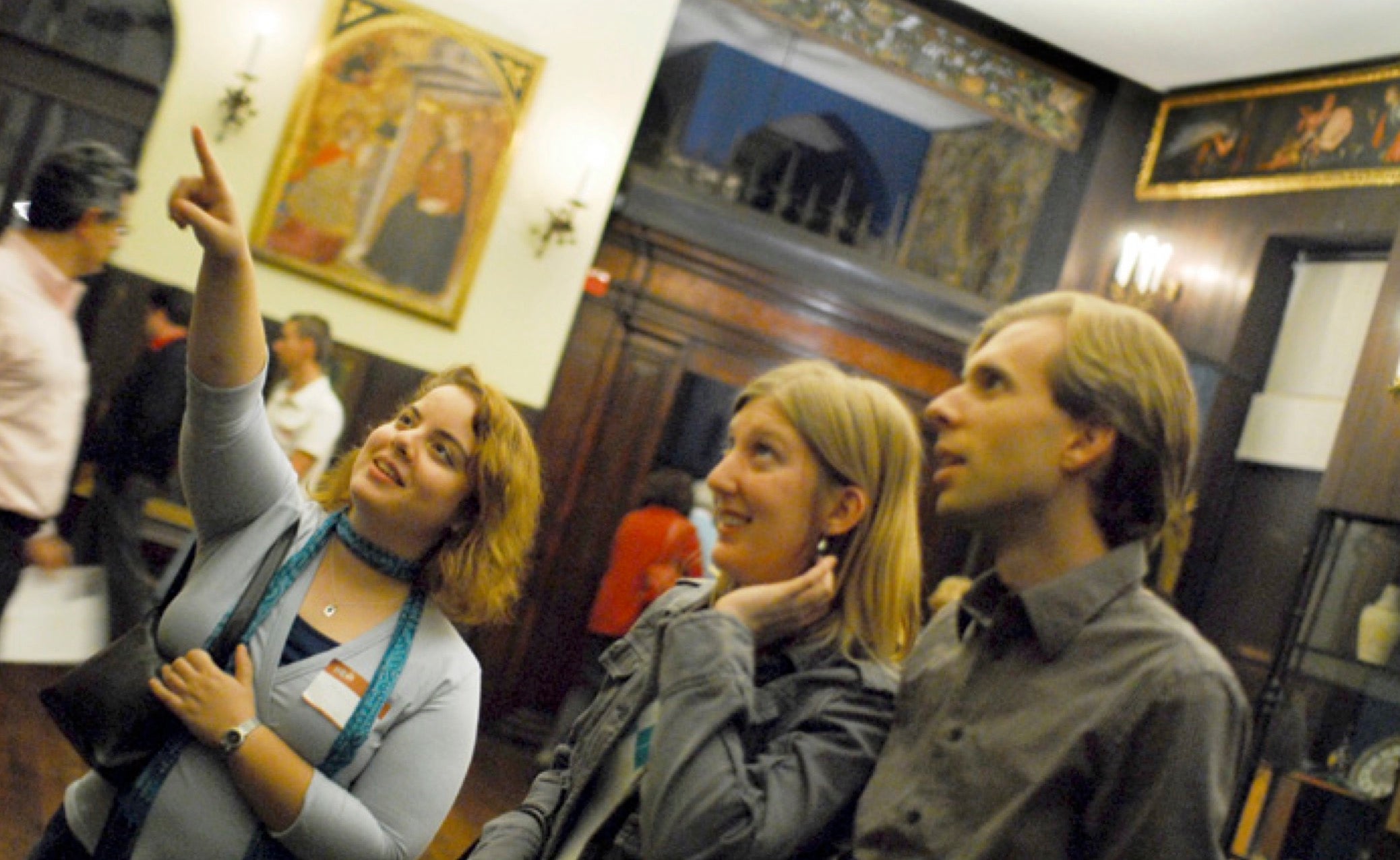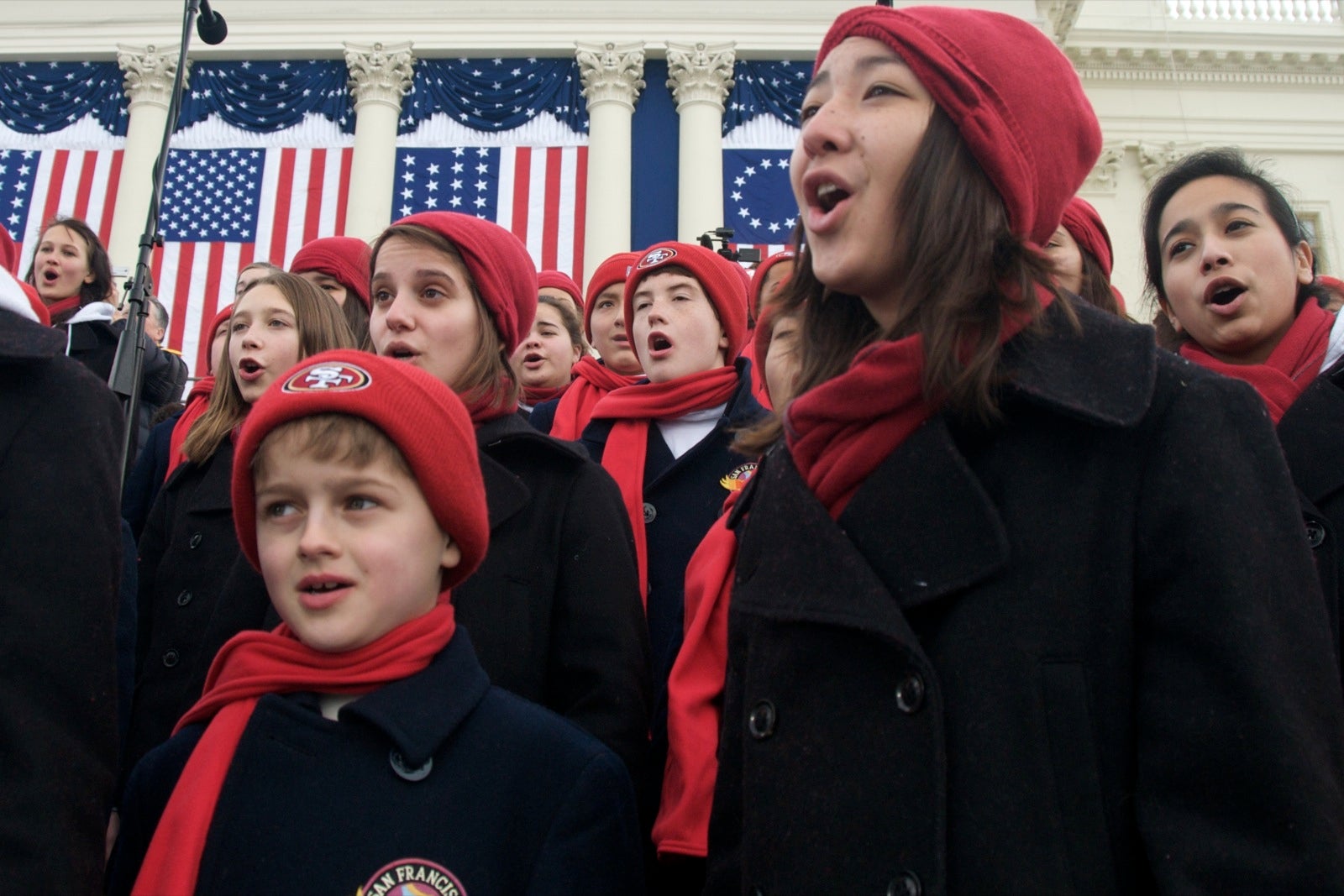Breadcrumb
- Wallace
- Reports
- The Road To Results Effective Pr...
The Road to Results
Effective Practices for Building Arts Audiences

- Author(s)
- Bob Harlow
- Publisher(s)
- Bob Harlow Research and Consulting, LLC
Summary
How we did this
The publication details the experiences of 10 arts organizations that were 54 that received funding from The Wallace Foundation between 2006 and 2012 to develop audience-building efforts. An analysis of these efforts—each supported by evaluation data—revealed nine practices contributing to their success.
This guide describes nine practices that can help arts organizations build their audiences. It emerged from case studies of 10 institutions that carried out projects to reach new audiences and deepen relationships with existing ones.
The 10 arts organizations were among 54 that took part in the Wallace Excellence Awards, which funded audience-building efforts from 2006 to 2011.
An analysis of the programs revealed these practices contributing to their success:
- Recognizing when the organization needs change
- Identifying a target group that makes sense for the organization
- Identifying and removing barriers blocking audience participation
- Using market research to understand the target audience
- Getting a clear idea of the type of relationship the arts organization wants with its audience
- Offering a variety of engaging experiences to invite the target audience in
- Making sure the organization’s leaders and staff understand and embrace the strategy and their roles in it
- Build in learning by testing approaches, evaluating them, then adjusting them–and repeating the cycle
- Planning to maintain the new approaches, taking into account the impact on responsibilities and workload
Not every one of the 10 institutions adopted each practice. In general, though, the more practices used, the greater the success achieved.
The practices promoted audience engagement in two ways, the report says:
- They created a shared sense of purpose. This kept the audience-engagement work front and center for leaders and staff members. And that, in turn, allowed the initiative to influence a wide range of the organization’s activities.
- They helped the arts institution make meaningful connections with the target audience.
The report contains examples of successes and challenges from the work of museums, opera companies, a theater, and other institutions. It could, therefore, serve as a guide to a variety of arts organizations.
A related report on building arts audiences is:

Organizations laid the groundwork for relationships by thinking through how audiences would interact with them.
Key Takeaways
This guide pinpoints nine successful practices of arts organizations seeking to build their audiences. Among them:
- Identifying a target group that makes sense for the organization
- Using market research to understand the audience’s views
- Making sure the organization’s leaders and staff members understand the strategy and their roles in it
- Determining the barriers that need be taken down for new audience members to become engaged
